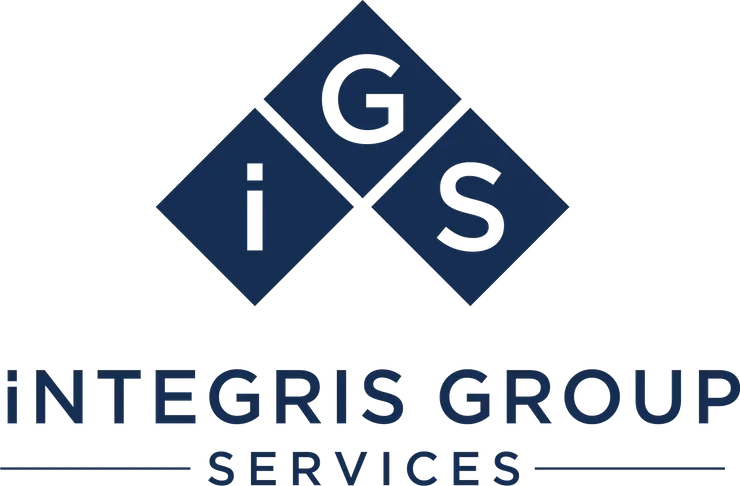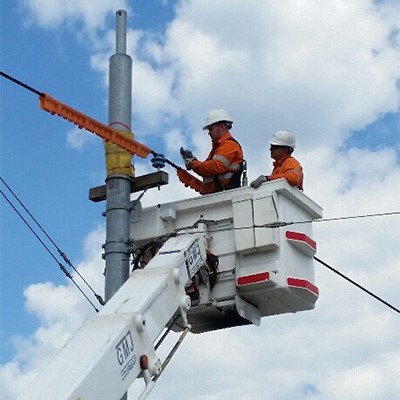Overview:
Integris Group Services are proud to have worked on this white paper, which addresses the succession planning challenges faced by traction industry—a sub-sector of both the electricity and rail industries within Australia.
While there is limited research on the specific challenges in this niche sector, the document presents and expands on broader industry issues, such as increased service demand, recruitment difficulties, an aging workforce, skills shortages, and a poor industry image within the rail sector.
In the context of high investment and environmental sustainability obligations, the traction industry is experiencing an unprecedented demand for a skilled workforce.
Our guidance note emphasises the importance of industry apprenticeships in sustaining the workforce but notes a decline in intake and completion rates.
Our paper also urges industry operators to focus on strategies for attracting, developing, and sustaining a skilled workforce by assessing critical roles, planning for workforce availability, and ensuring the necessary competencies and qualifications.
This industry guidance note may also be relevant in other industries, which may be facing similar challenges.
Interested in finding out more?
Read our Summary of a white-paper developed on succession planning strategies to attract, develop and sustain a capable workforce.
Frequently Asked Questions:
Given the significant emphasis on apprenticeships within the traction industry as a solution to workforce sustainability, what strategies does the white paper recommend for reversing the observed decline in apprenticeship intake and completion rates?
To counter the decline in apprenticeship rates, the white paper suggests a multi-faceted approach. This could include enhancing the visibility and appeal of apprenticeships through targeted marketing campaigns that highlight the career opportunities within the traction industry. Additionally, partnering with educational institutions to provide clear pathways from education to industry and improving the support and mentorship for apprentices within the workplace are key strategies. Ensuring that apprenticeships offer competitive remuneration and clear progression opportunities can also play a critical role in attracting and retaining talent.
The white paper outlines multiple challenges faced by the traction industry, including an aging workforce and skills shortages. How does it propose the industry should balance the immediate need for skilled workers with the longer-term strategy of attracting and retaining new talent, especially considering the poor industry image within the rail sector?
The white paper advocates for a dual approach that addresses both immediate and long-term workforce challenges. In the short term, strategies such as upskilling current employees and adopting flexible work practices to retain older workers could be pivotal. For the long term, the paper suggests initiatives like engaging with younger demographics through STEM programs in schools, improving the industry’s image to attract new entrants, and creating clear career development paths within the industry.
With the traction industry experiencing unprecedented demand due to high investment and environmental sustainability obligations, what specific actions does the white paper suggest for industry operators to not only meet this demand but also ensure the workforce is skilled and equipped to tackle future challenges?
To meet the current demand and prepare for future challenges, the white paper emphasizes the importance of investing in technology and innovation to make the industry more attractive and efficient. It also recommends developing strategic partnerships with training providers to ensure that the workforce has access to the latest skills and knowledge. Furthermore, creating a culture of continuous improvement (or continual improvement) and learning within organisations to help ensure that employees are always equipped to meet changing industry demands.
Recruitment difficulties are highlighted as a major concern in the white paper. Could you elaborate on the innovative recruitment strategies it recommends for the traction industry to attract a more diverse workforce and improve the industry image?
The document suggests that to overcome recruitment difficulties, the traction industry should focus on broadening its appeal. This involves showcasing the industry’s commitment to sustainability and innovation, which aims to attract environmentally and technologically minded individuals.
Implementing inclusive hiring practices to reduce biases and actively promoting diversity within the industry can also attract a wider range of candidates. Additionally, offering flexible working arrangements and emphasizing work-life balance could appeal to a broader demographic.
The document underscores the critical role of industry apprenticeships. In light of the challenges presented, does the white paper offer any guidance on how the traction industry might enhance the appeal of apprenticeships to a broader demographic, potentially including mid-career professionals seeking a transition into the sector?
To make apprenticeships more attractive to a broader demographic, including mid-career professionals, the white paper recommends showcasing the tangible benefits and career opportunities that apprenticeships in the traction industry provide.
Offering apprenticeship programs that include upskilling in new technologies and sustainability practices could appeal to those looking for careers in these areas.
Moreover, creating apprenticeship programs that recognise and credit previous work experience or skills could attract professionals considering a career change.

